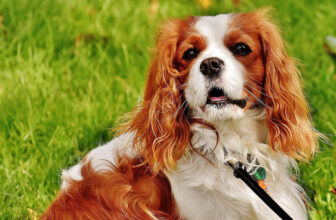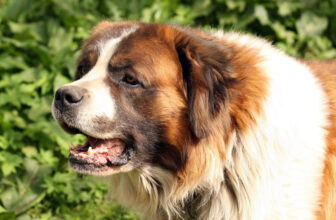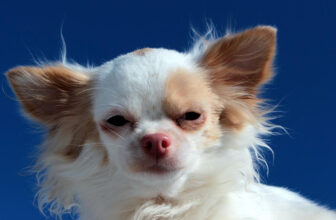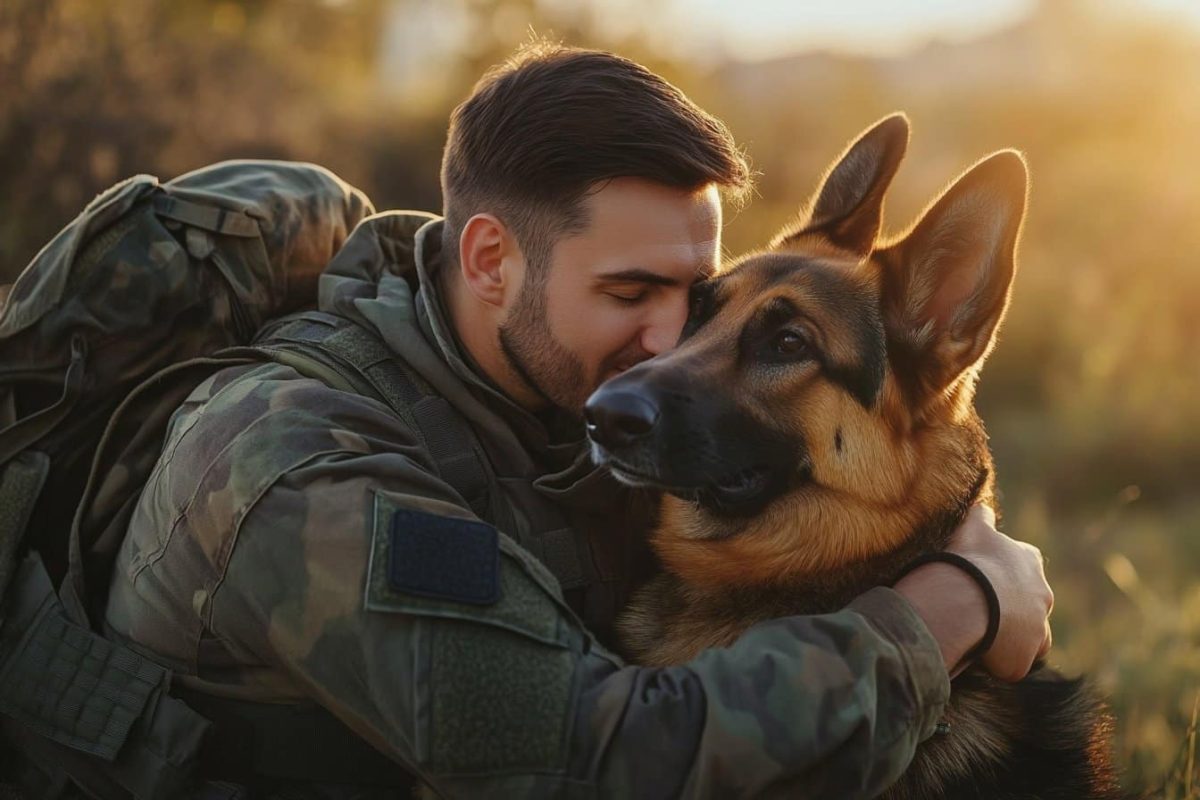
Check out our latest products
Shutterstock
When soldiers returned home from war, they brought more than stories and scars—they carried a deepened appreciation for loyalty, quiet strength, and the kind of companionship that asks for nothing but gives everything. For many, that comfort came with four paws and a wagging tail. These dogs weren’t just pets—silent healers, devoted protectors, and steady presences who never needed explanations. After witnessing the worst, veterans found peace in breeds that had proven their loyalty on battlefields and back porches. These dogs didn’t salute—but they stayed, which meant everything.
Labrador Retriever

Shutterstock
Labradors offered soldiers the one thing they didn’t get enough of during deployment: joy. Labs were goofy, affectionate, and impossible to ignore, which made them perfect therapy dogs for veterans adjusting to post-war life. Their patience, eagerness to please, and emotional intelligence made them excellent companions for trauma patients. Whether helping with hunting, guarding the yard, or simply snoring by the recliner, Labs provided a grounding presence. You couldn’t stay tense with a Labrador flopping onto your lap like a giant bag of love.
Boxer

Shutterstock
Boxers were a natural favorite for returning soldiers—tough on the outside, marshmallow on the inside. Their military history goes back to working as messenger dogs and guards during the wars, but their zest for life truly won hearts. With their goofy grins and boundless energy, Boxers helped lift the spirits of veterans who needed a reminder that it was okay to laugh again. Their alert nature made them excellent home protectors, always watching the door like it owed them money. They were the perfect balance of muscle and mush.
Doberman Pinscher
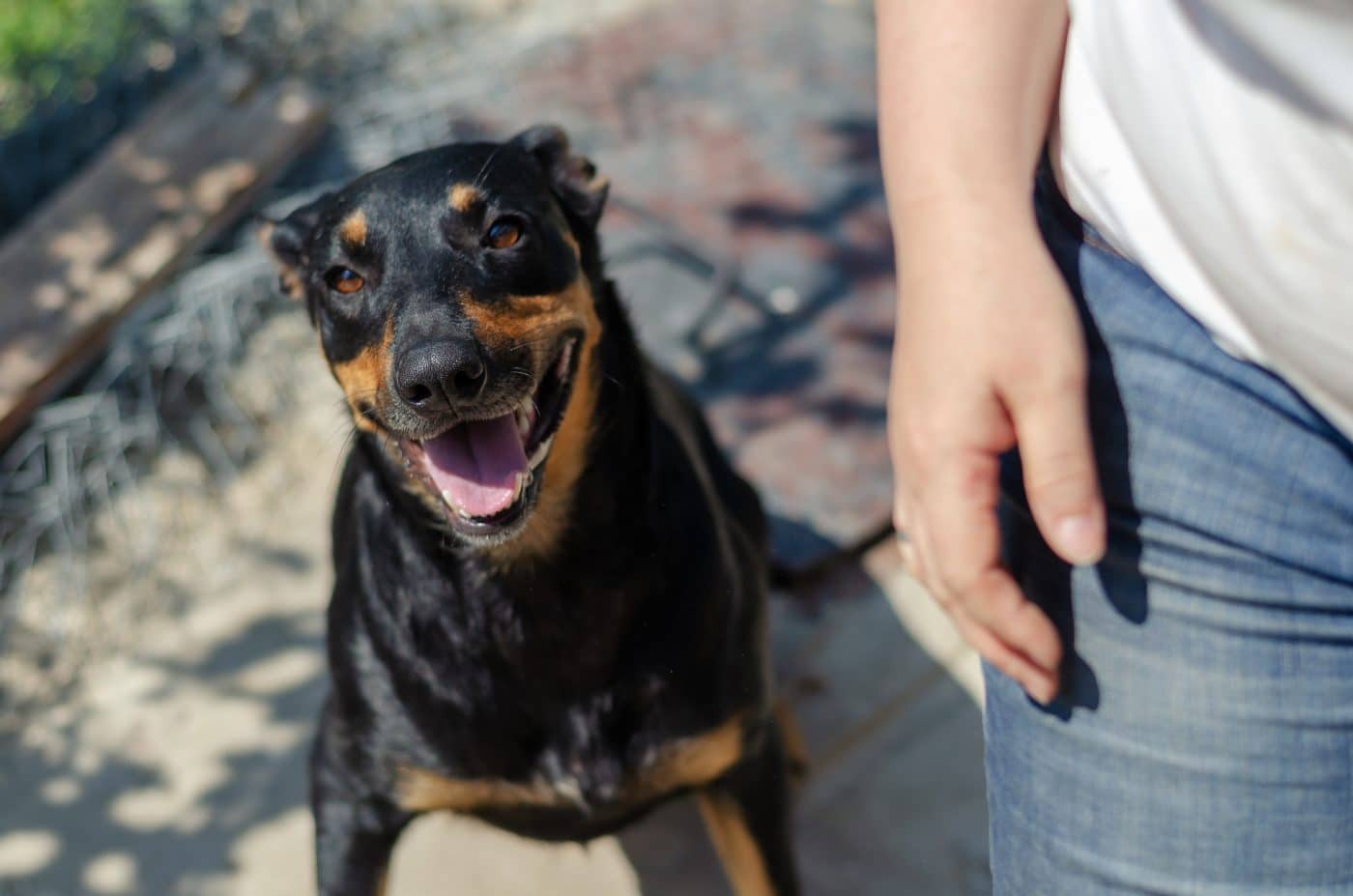
Shutterstock
Known as the “Devil Dogs” of the Marine Corps in WWII, Dobermans were fearless battlefield companions—and that reputation followed them home. Soldiers who had witnessed their bravery first-hand often chose them for their loyalty, intelligence, and no-nonsense demeanor. But beyond the imposing looks was a deeply affectionate dog who formed strong bonds with its owner. Dobermans offered structure to those transitioning from military to civilian life, and their natural protectiveness made veterans feel safe and understood. They also had that “don’t mess with my human” energy that felt right.
Beagle

Shutterstock
Beagles may not have stormed any beaches, but they captured the hearts of many returning soldiers with their unassuming charm. The Beagle was a perfect fit for veterans looking for something low-maintenance yet loyal. Their cheerful personalities, love for play, and manageable size made them ideal for families in post-war suburbia. Beagles were the emotional support unit wrapped in floppy ears—able to lift spirits and turn any walk into an adventure. They weren’t guard dogs but were always on duty—sniffing out snacks, smiles, and comfort.
Golden Retriever
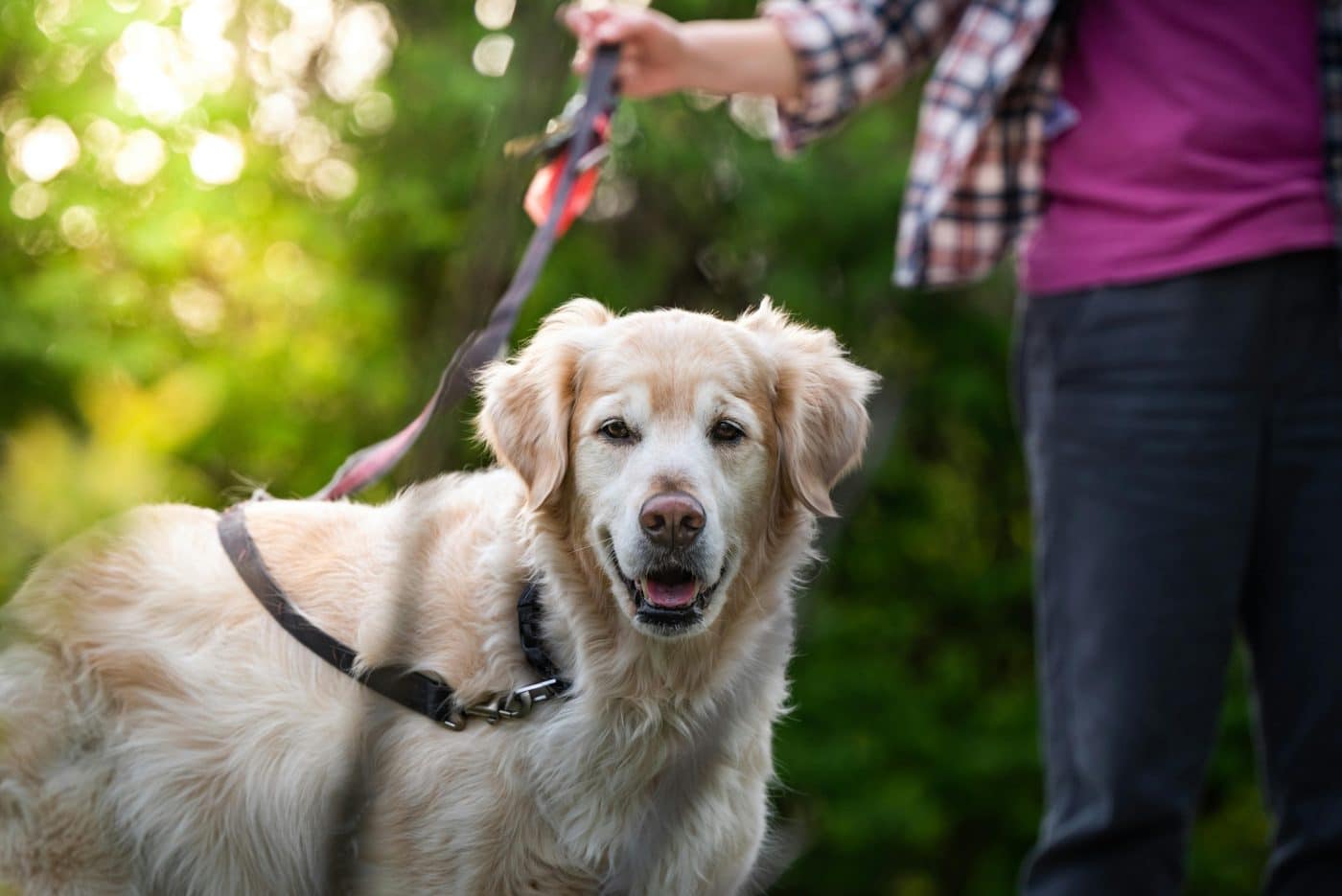
Shutterstock
Golden Retrievers brought the sunshine that many returning soldiers desperately needed. Friendly, loyal, and seemingly born to comfort, Goldens had a way of softening the hardest days. For veterans dealing with the weight of memories, a Golden’s wagging tail and warm gaze were therapy without a co-pay. They were especially popular with families, helping create a peaceful home life and bonding instantly with children. Golden Retrievers weren’t just dogs—they were emotional reset buttons covered in golden fluff.
Cocker Spaniel

Shutterstock
Cocker Spaniels won hearts on both the front lines and the home front. Used during WWII as sniffer dogs, their sweet temperament and manageable size made them especially popular among returning soldiers with smaller homes or apartments. They were gentle with children, eager to please, and affectionate without being overwhelming. Veterans found comfort in their soft ears and happy-go-lucky attitude—a welcome change from the structure and stress of military life. Cocker Spaniels made life feel softer, even when the world felt hard.
Siberian Husky

Shutterstock
Siberian Huskies brought energy, independence, and an adventurous spirit that clicked with veterans who had spent years in rugged, unpredictable conditions. These dogs had a long history of endurance and loyalty, and though they weren’t typical war dogs, their love of work and movement made them ideal for physically active owners. For soldiers who missed the outdoors, the snow, and the challenge of the unknown, Huskies were like canine comrades for the next chapter of life. They didn’t cling—but they ran beside you, mile after mile.
German Shepherd

Shutterstock
German Shepherds were the four-legged veterans of the canine world. Used extensively in both World Wars, these intelligent and fearless dogs were often paired with soldiers for sentry duty, message delivery, and search-and-rescue missions. Returning servicemen who had worked with Shepherds abroad often sought them out at home for their loyalty and discipline. They were natural protectors, intuitive companions, and excellent with families, especially those learning to settle into civilian life again. German Shepherds didn’t just serve in uniform—they served at home, making themselves invaluable to veterans and their households.
Rottweiler
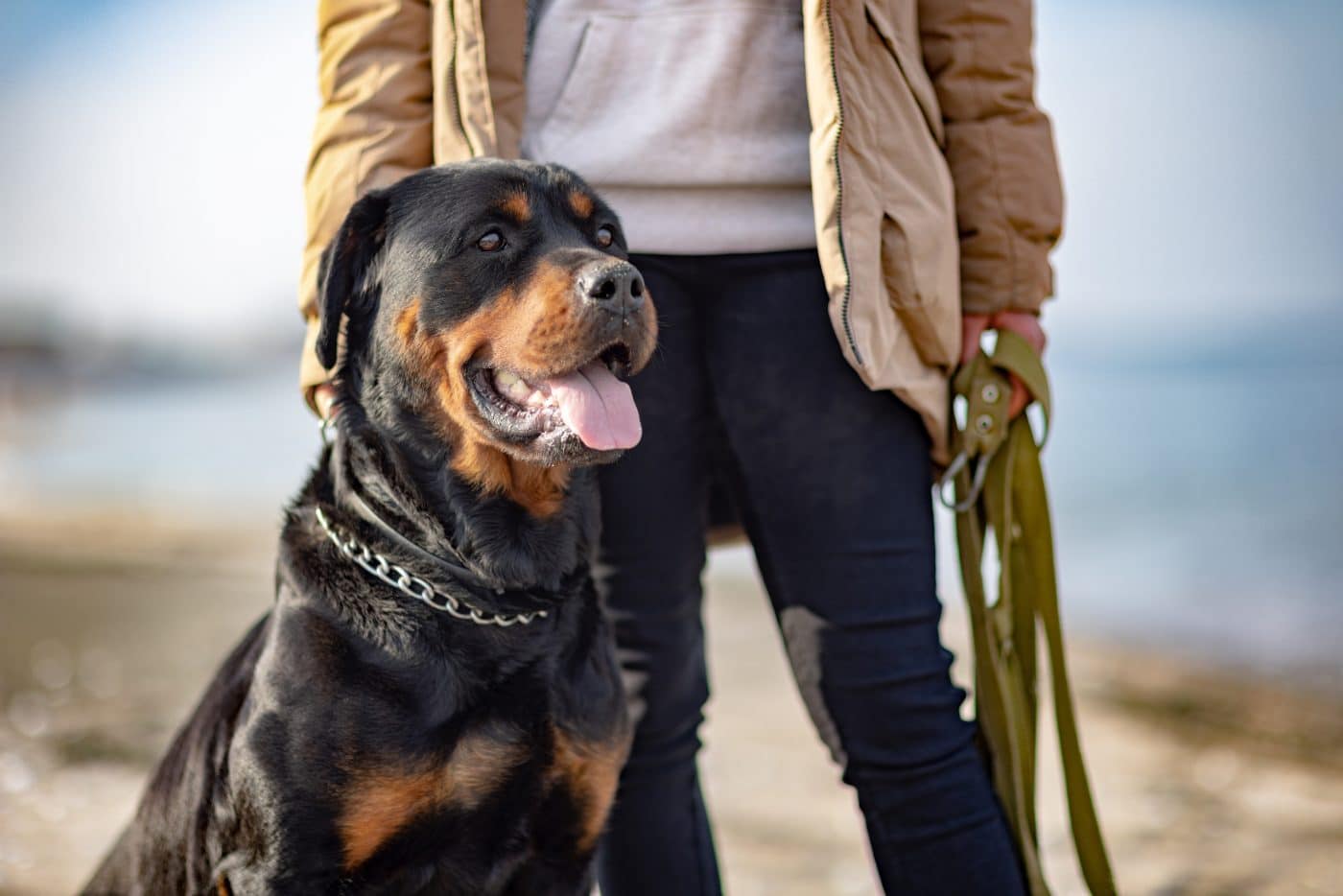
Shutterstock
Rottweilers found a special place in the hearts of many returning soldiers thanks to their loyalty, strength, and calm, commanding presence. While not as commonly deployed during wartime as some breeds, their protective instincts and unwavering devotion made them ideal for veterans seeking companionship and security. Rotties were often quiet supporters—staying close, watching over the home, and offering steady comfort without demanding attention. Their deep bond with their owners made them perfect partners for those adjusting to life after service, providing a sense of safety, structure, and unconditional love. A Rottweiler’s presence alone was often enough to say, “this is sacred space—tread lightly.”
From Combat Boots To Chewed-Up Sneakers

MidJourney
These dogs didn’t return home draped in medals, but they earned something far more lasting—a permanent place in the hearts of those who leaned on them the most. They stood watch during sleepless nights, offered comfort in the silence, and filled the quiet spaces between flashbacks and moments of healing laughter. Their presence was steady, their love unconditional. These breeds weren’t just pets—they were anchors in the storm, loyal companions who brought peace, purpose, and a reason to keep going. In every sense, they became partners in healing and hope.







![[5G & 2.4G] 2K Indoor Security Camera for Home Security, AI Voice Change for 2-Way Talk, Motion Detection, Night Vision, 24/7 SD Recording/Cloud Storage, WiFi Home Camera, Pet Cam with Phone App](https://i3.wp.com/m.media-amazon.com/images/I/61I2U+sTT3L._AC_SL1500_.jpg?w=300&resize=300,300&ssl=1)



